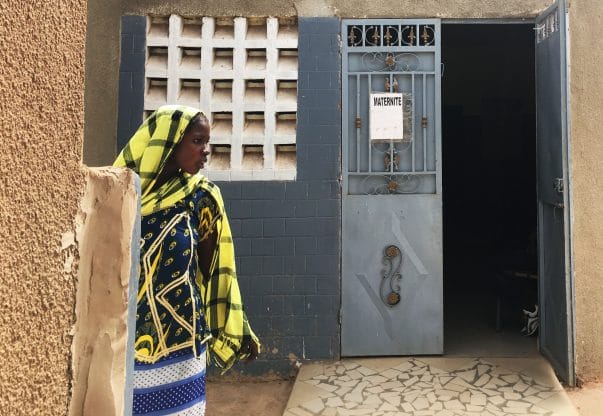This Saturday is World Health Day, an awareness campaign the World Health Organization (WHO) leads which in 2018 focuses on universal health coverage (UHC) or #HealthForAll. According to WHO, half the world lacks access to essential health services—UHC means ensuring that all people have access.
While barriers to health services are at times structural or financial, behavioral factors also play an important role. For example, we know that even when products and services that improve health are readily available, people do not always use them. Behavioral approaches to addressing these gaps help ensure that all people receive the services that will help them stay healthy. This is particularly important for groups of people that traditionally have not tapped what is available to them for varying behavioral reasons or who face stigma when attempting to use them.
That’s why we believe behavioral science has something to offer on the path to achieving UHC around the world. How does this look in practice? Here’s a sample of we have learned so far in our work to help women and girls access and use essential health services in their communities across the globe.
Adolescent girls
Girls’ health needs are not always met, especially when it comes to family planning and reproductive health. One problem in particular we have focused on is that many young women and girls would like to avoid pregnancy, but do not use contraceptives. This leads to high rates of unintended pregnancy, which has long-term consequences on their health and future.
In Burkina Faso and Senegal, we’ve been unpacking these issues to develop new solutions to help girls access the services they want and need, recognizing that girls’ sexual lives and choices are complex. They are constantly playing a risk-reward game to create the best outcomes around marriage, money, and their own agency, often with unclear guidance. We have found that even thinking about the possibility of getting pregnant unintentionally can summon a negative identity—meaning girls may avoid considering it (and contraceptives) altogether. And those who do think about how to avoid pregnancy may overestimate their ability to abstain or prevent it using traditional methods. These are just a few of our initial insights into this important problem, and with them we will begin designing solutions to address these bottlenecks and help girls access their the services they need.
Post-partum women
The ability to choose if and when to become pregnant significantly impacts women’s health and well-being. While many women wish to use family planning services after giving birth, several factors can stand in the way of their doing so. This can lead to another pregnancy shortly after childbirth, which has health consequences for the women and their families.
In Ethiopia, the unmet need for family planning services among post-partum women is around 35%. In the rural Tigray Region we have recently begun to uncover barriers preventing people from using these essential services after childbirth. So far, it has become apparent that post-partum women consider different signs of pregnancy risk than other women do. They also may be relying on faulty heuristics (or rules-of-thumb) for determining their chances of getting pregnant again, leading them not to use contraceptives. We are currently developing new solutions to help them access care by understanding these behavioral bottlenecks.
Women experiencing Intimate Partner Violence (IPV)
Globally, one in three women report experiencing violence at the hands of an intimate partner. This is a fundamental injustice made even worse by the fact that women experiencing IPV may be denied access to care if a controlling partner prohibits them from their visiting health care providers.
We have been applying a behavioral lens to this complex problem for years. In Venezuela, we designed and tested innovative solutions to support women’s ability to access psychological care. Our findings suggested that in the clinic where we tested our designs, more women who disclosed violence in their relationships used psychological services than did women in other clinics. In India, we tried a different tactic—addressing partner alcohol consumption habits to decrease violence. Men who were exposed to a breathalyzer intervention, which included incentives for not drinking, consumed less alcohol. In addition, the men who were exposed to both this intervention and behavioral couples therapy consumed alcohol at even lower rates. Evidence also suggested that the reduced alcohol consumption had an impact on violence in the two intervention groups.
Don’t forget health workers
Health workers across the world play a critical role in guaranteeing quality health care for all. However, these workers are sometimes an afterthought in global health programming because they are often viewed as mere facilitators to patient behavior (or sometimes even bottlenecks) rather than catalysts for change.
We have worked in Malawi, Zambia, and Nepal to develop new tools and solutions to support providers working to improve health. For example, an intervention in Nepal included posters to show clinic workers how family planning uptake at their facility compared to others in the region, invoking social comparison to increase usage.
Using behavioral science to improve access to essential health services around the world is an ongoing effort, and building on what we know so far will be critical for achieving UHC. One of WHO’s goals is to extend health coverage to another 1 billion people by 2023. Ensuring both access to and use of care will be integral for this goal, and we should tap all the proven strategies available to us to make it a reality.



